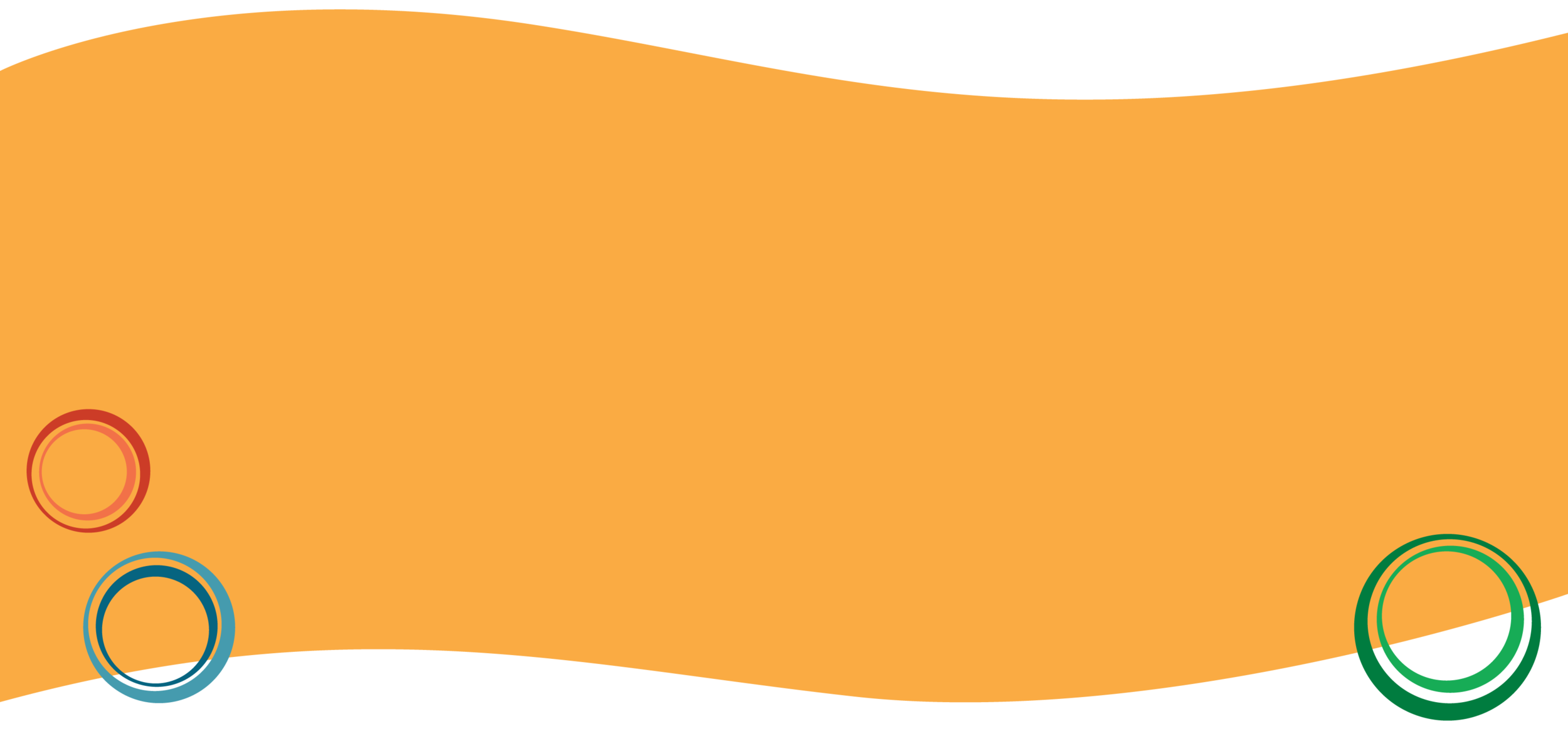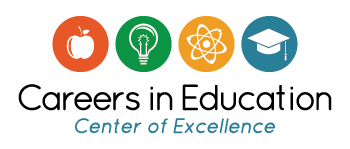Future Native Teachers Initiative
Closing the Gap
Across the state of Washington, educators understand the importance of closing the opportunity gap that has led to a problematic divide in the levels of success among students.
Research shows that relationships create a critical foundation for a student’s learning. When students can see their own culture reflected among the educators in their schools, success levels rise significantly. Unfortunately, for native American students in Washington, opportunities to culturally relate with their educators are rare.
Washington is home to 29 federally-recognized tribes and approximately 64,000 native American students in almost every community in the state. But sadly, most of these students have never been in a classroom with a native American teacher. Only one percent of our state’s teachers are native American or Alaska Native, which leaves the native students severely under-represented.
The central goal of the Future Native Teachers Initiative (FNTI) is to close the gap and increase the number of native American and Alaska native teachers in Washington State.

What is FNTI?
In an effort to close the gap, the Washington Education Association partnered with the Center of Excellence, regional tribes and education leaders, and the Office of the Superintendent of Public Instruction, to create the FNTI conference. FNTI is a two-day, hands-on “teacher camp,” aimed to inspire a new generation of native teachers to better reflect the students in Washington's schools.
Who is FNTI for?
Led by teachers and leaders from the native communities, the FNTI camp is intended to serve teams of high school and college-aged students—from tribes, schools, and communities—that have expressed an interest in pursuing a career in education.
Educators Speak About the Benefits of Attending FNTI
Krista Goudy-Sutterlict, a teacher and coach from Toppenish School District, has participated in the initiative all three years and watched participants grow more empowered throughout the workshops. She believes it is important for native individuals to be able to share their culture and history in the classroom. Expanding, Goudy-Sutterlict says, “If more [native] Indian people are in the school building, serving in teaching and leadership roles, it will help build trust in our schools.”
Patricia Whitefoot, a member of the Yakama Nation and former teacher, believes the impact and benefit of more native teachers extend far beyond the classroom.
"Our teachers help inspire students to take a look at their future and what is possible, for themselves and their community," Whitefoot says. "If we're successful, these future teachers will help turn around the economic status and health of our Native communities."
Wilson Arnold, who grew up on the Makah Reservation in Neah Bay, is one of the few Washington native teachers. "When I was young on the reservation, there was very little exposure to institutions of higher education and what opportunities were available after high school," Arnold recalls.
After completing his teaching certification, Arnold returned to Neah Bay to give back to his community. Arnold emphasizes that when students can relate to their teacher, they will have more buy-in to whatever they’re learning. Today, he is a workshop leader and hopes to inspire other native youth to enter the profession.


